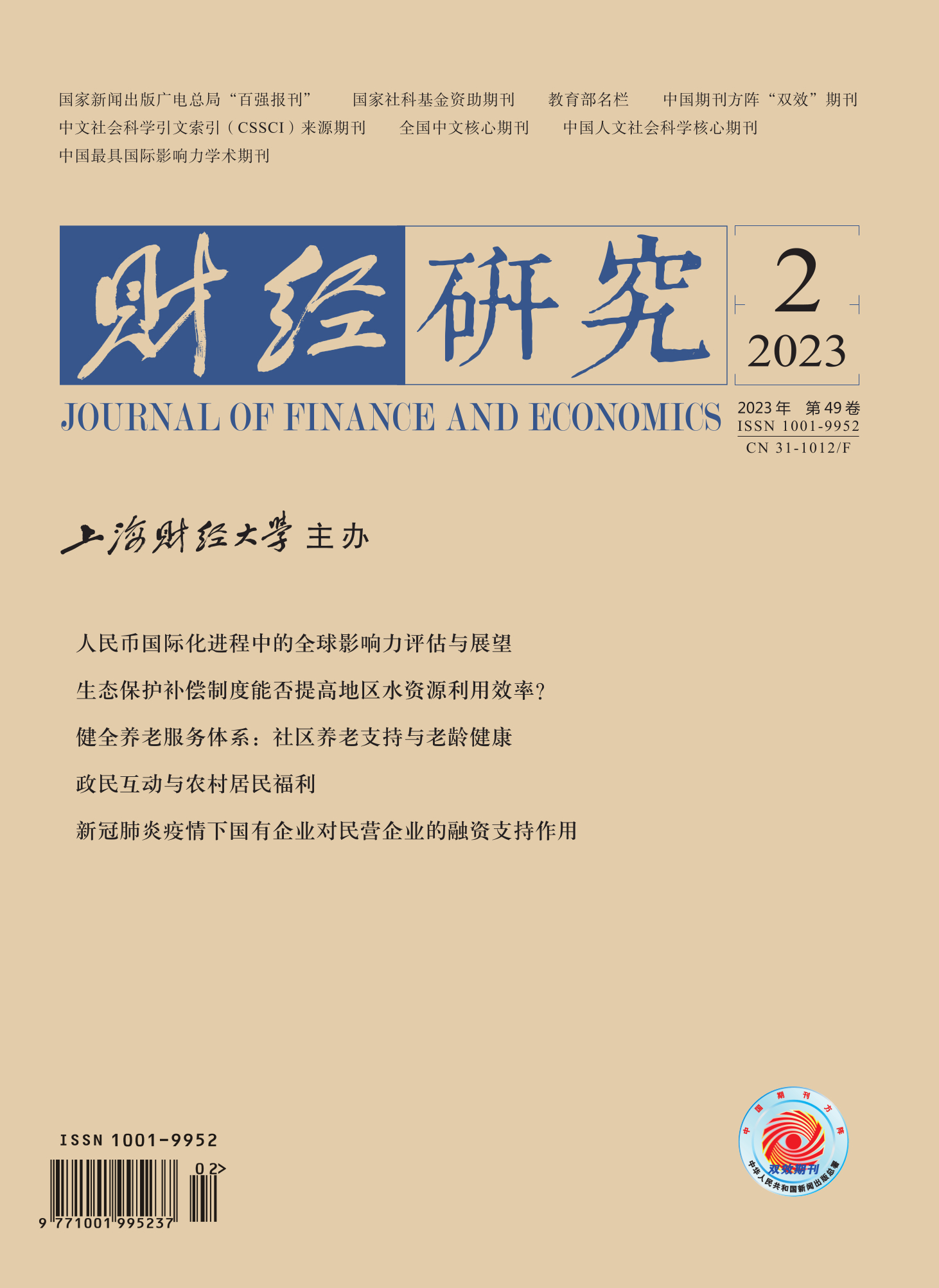In order to deal with regulatory arbitrage of banks, prevent financial risks, and promote the high-quality development of the banking industry, China has strengthened financial administrative penalty for illegal businesses in recent years. In September 2015, the former China Banking Regulatory Commission revised and approved the “Measures of the China Banking Regulatory Commission on Administrative Penalty”, which clearly stipulates administrative penalty. It emphasizes “penalizing both banks and responsible persons”, which means that administrative penalty to responsible persons should be strengthened in addition to penalty to institutions, and strengthens the legitimacy and professionalism of administrative penalty. Thereafter, China’s regulatory authorities have put more emphasis on applying administrative penalty to restrain the high-risk behavior of banks since then. However, it is quite controversial whether administrative penalty can restrain bank risk.
Based on this background, we gather financial administrative penalty announcements and bank micro-data from 2008 to 2020. This paper analyzes the differential impact of administrative penalty on bank individual risk and bank systemic risk, comprehensively contrasts the heterogeneity of different types and different subjects of penalty, and demonstrates the mechanism of their relationship by using the fixed-effect model. The results show that: First, the total number of administrative penalty, and administrative penalty imposed on institutions and responsible persons all contribute to reducing bank individual risk and bank systemic risk. And administrative penalty imposed on responsible persons has a greater impact on reducing individual risk and systemic risk than punishing institutions. Second, both warnings and forfeitures can decrease bank individual risk and bank systemic risk. Job forbidden and disqualification are conducive to lowering bank individual risk, but their impact on bank systemic risk is not significant. The scale of forfeitures helps to reduce bank systemic risk, but it does not have a significant impact on bank individual risk. Third, the total number of administrative penalty has a greater impact on lowering the risk of banks with a low capital level than that of banks with a high capital level. Fourth, bank wealth management products play a partial intermediary role in the curbing effect of administrative penalty on bank risk.
The main extensions of this paper are as follows: First, most studies analyze the impact of administrative penalty on bank risk from a macro perspective, it discusses the role of administrative penalty from a micro perspective of individual bank. Second, it demonstrates the impact of administrative penalty on both bank individual risk and bank systemic risk. Third, as the administrative penalty imposed on responsible persons has been strengthened in China since 2015, it explores the impact of administrative penalty on bank risk for different punishment objects. Fourth, by applying a variety of penalty methods, it discusses in detail the differential impact of different types of administrative penalty on bank risk. Fifth, as banks with different capital regulatory pressures have quite different motivations towards regulatory arbitrage, it further investigates the heterogeneous impact of administrative penalty on banks with different capital levels. Sixth, it identifies the impact mechanism of administrative penalty on bank risk from the perspective of wealth management products.





 5021
5021  5217
5217

